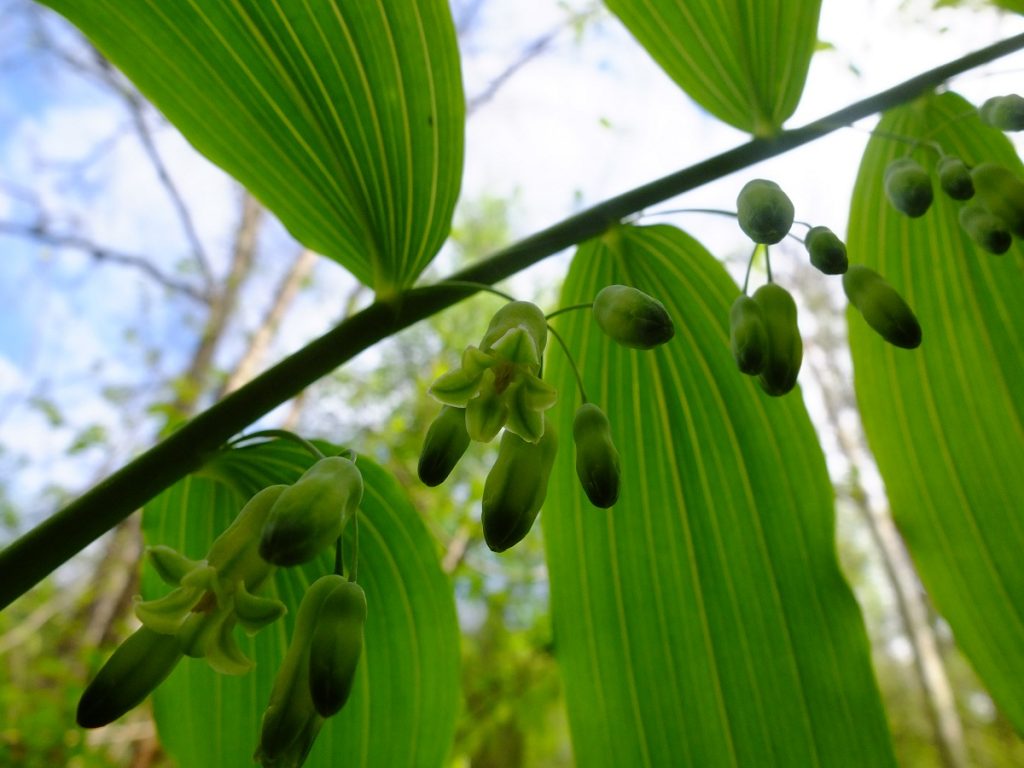
Solomon’s Seal (genus Polygonatum) is a really cool native plant of eastern and central North America. It is in the asparagus family, Asparagaceae. The young shoots are edible raw or cooked just as garden asparagus — they are mucilaginous but flavorful and nutritive. The flower blossoms are a real delicacy — tender and sweet. Even the rhizome has been used as a human staple food rich in starch. It is from the rhizome that we get the common name “Solomon’s Seal.” Somewhere down the line, somebody thought that the indented “seals” left behind on the rootstock from last year’s shoots had the quality of a royal stamp to them, so they named the plant King Solomon’s Seal. Go figure! But the name has stuck.
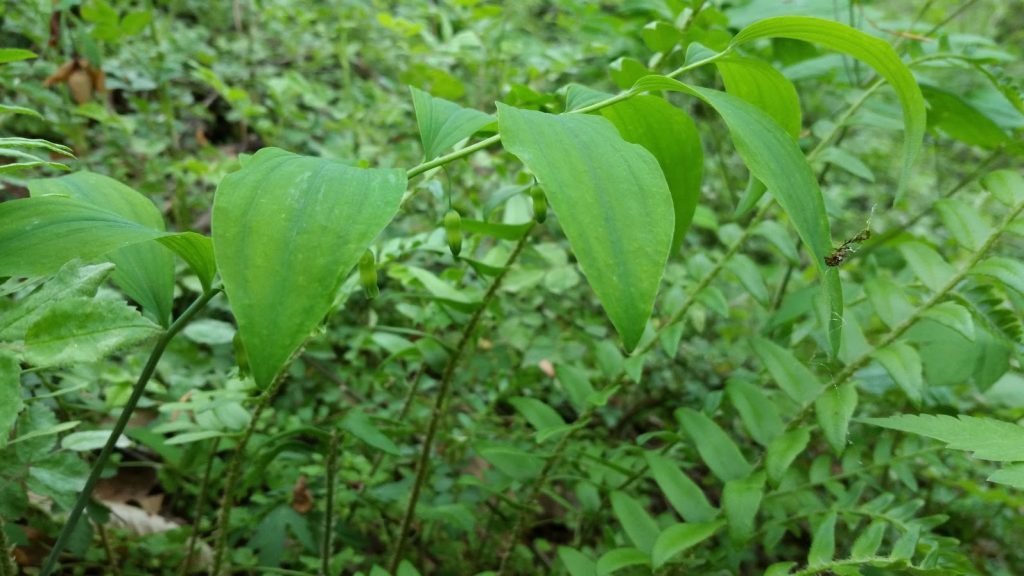
Although Solomon’s Seal is usually found in mesic forests under a deciduous canopy, they grow quite happily in full sun as well. The shoots emerge in the early spring, reach stature and flower by the late spring, and grow into ripened fruits by the late summer. The shoots die back in the fall and remain dormant until the following spring.
The two main North American species of Solomon’s Seal are Polygonatum biflorum (Smooth Solomon’s Seal) and Polygonatum pubescens (Hairy Solomon’s Seal). Additionally there is Polygonatum biflorum var. commutatum, sometimes simply called Polygonatum commutatum, which is known as Giant Solomon’s Seal. It is my favorite of the bunch.
P. pubescens has hairs on the underside of the leaves and this is one way in which it can be distinguished from P. biflorum. Polygonatum biflorum is also generally larger than P. pubescens, but not as large as P. commutatum. Polygonatum commutatum may be distinguished from P. biflorum by its stalk which is straight and leafless for almost two feet above the ground before it begins to curl and unfurl with leaves.
There are several east Asian Polygonatum species, as well. One of the most popular of these is the variegated Solomon’s Seal, commonly seen in gardens. It is a varietal of Polygonatum odoratum. There’s also dwarf Solomon’s Seal, Polygonatum humile, among others. All have more or less the same culinary properties and are cultivated in the same ways.
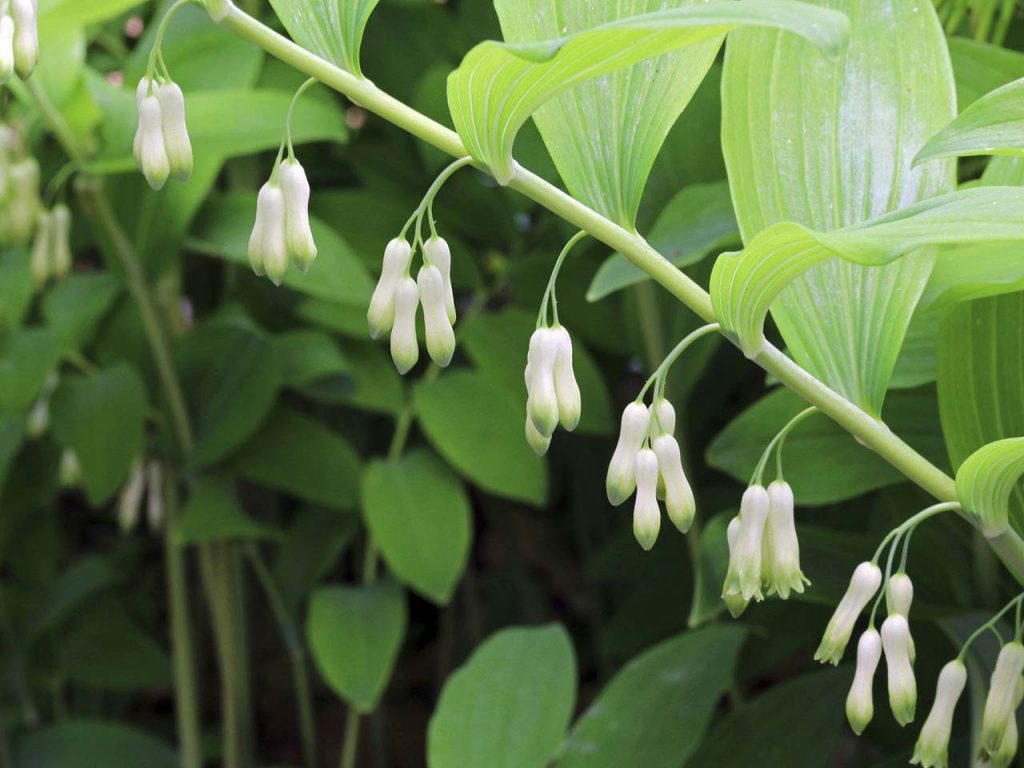
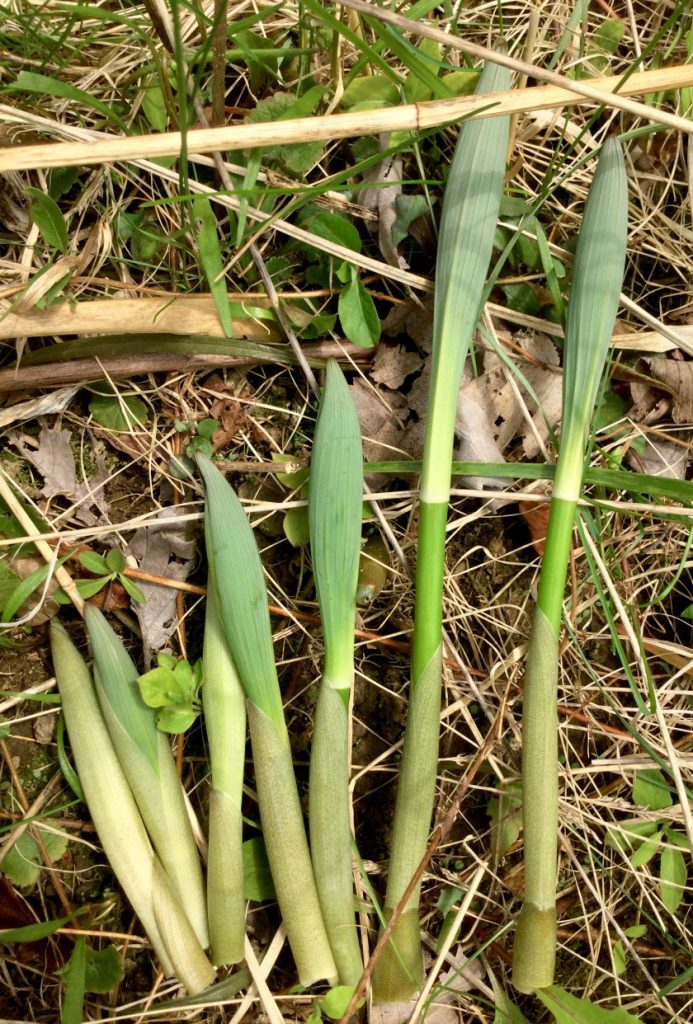
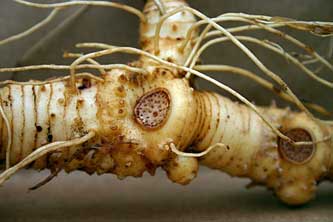
I love gathering seed of Solomon’s Seal and rewilding it into new woodland areas, or even intentionally sowing into dense patches. Solomon’s Seal is very valuable as a food crop. Whether or not the rhizomes are being consumed, the shoots and flowers alone are fantastic, and because they grow even under a closed deciduous canopy, they could be ideal for farmers who wish to provide more vegetables to their customers, and have some wooded areas to garden in. Imagine a whole hillside of Solomon’s Seal — that’s a huge amount of springtime food! And it’s a perennial requiring little management, no weeding, and no hoeing… A big improvement over conventional agriculture, in my opinion.
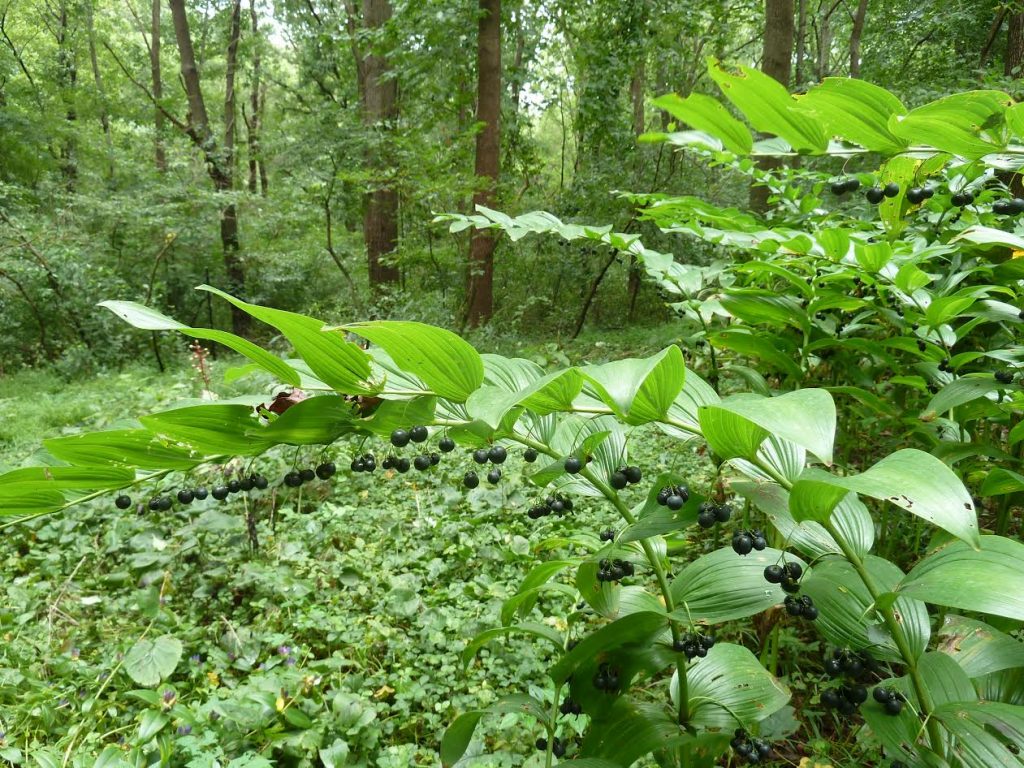
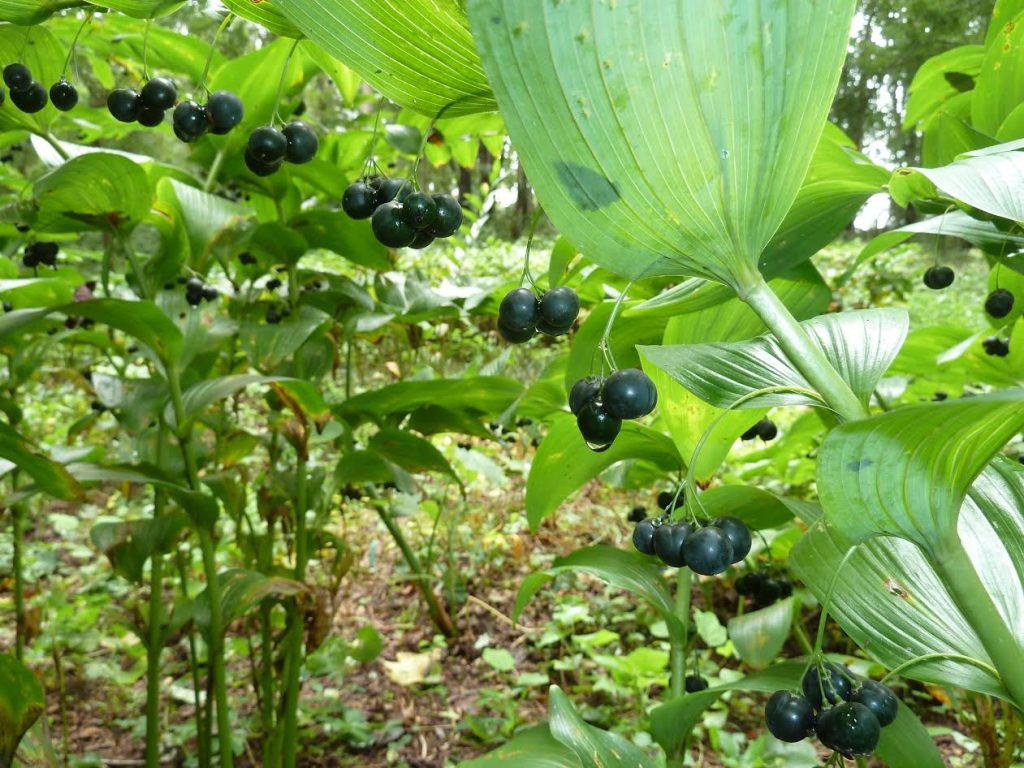
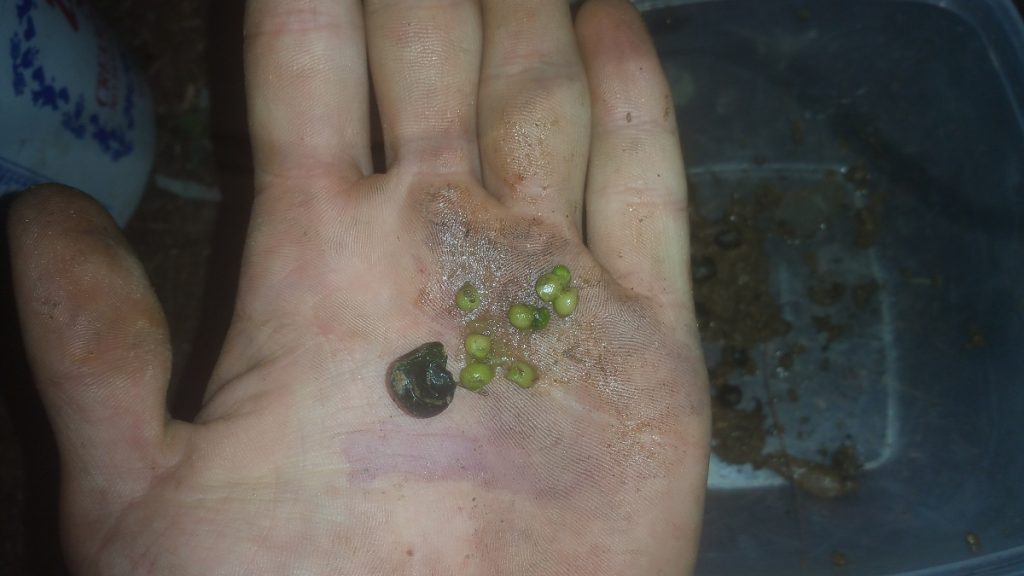
I gather the ripe berries of Giant Solomon’s Seal (Polygonatum biflorum var. commutatum) around mid-September. The seeds contained inside are double-dormant, requiring two winter cold periods before germination. It may take up to several years before maturity and flowering depending on the species and the conditions. While the seeds are probably tolerant of some drying, I always sow immediately or store in a soil mixture for later sowing.
wow.. the extent of your knowledge and dedication is inspiring. It is encouraging me to geek out a little deeper and get more organized with my ‘citizen scientist’ work. I hope we can botanize one day together!